Intro
Inspired by an existing project to play music on a Raspberry Pi using DLNA , I created Nemo, a simple network audio streamer. While it works just right, it uses a 5$ USB "channel booster", which leaves a lot to desire in the sound department (although it sounds better than the Pi onboard sound).
It's both time to up the audiophile ante a bit, and a good excuse to kick off a new project.
Welcome to NEMO 2.
Requirements
The idea was to build a device with the following key requirements:
- Sub $100. Beyond this price point, I might as well buy a (basic) streamer, and where's the fun in that?
- As audophiliac as one can get within this budget.
- Wired ethernet connection.
- DLNA compatible.
- Based on Volumio.
- Minimalist design that also must be a nice fit with rest of stereo.
- HiFi form factor (430mm width).
- Connectors and buttons on the back.
- Status feedback using a single LED.
These requirements led to the following design.
Hardware
- Raspberry Pi 2 Model B.
- HiFiBerry Dac+ Pro.
- ATTiny85 to drive status LED.
- Meanwell SNT RS switched power supply.
- Old CD player case.
Software
- Volumio.
- Custom firmware for ATTiny85.
- Some scripts added to Volumio install.
Block Diagram
The block diagram shows the system (the big dotted rectangle) and the parts with which it interacts. The core concept is a DLNA setup running in the local network. A Raspberry Pi fitted with a DAC running Volumio serves as the renderer, the VolumioApp as the control point and my trusty Synology NAS as the media server.
The purpose of the LED Control Module is to provide feedback regarding the activity state of the player. It consists of an ATTiny85 and an RGB LED.
In the build steps I will explain how I built the streamer. Apart from the LED Control Module, most of it is quite straightforward. Therefore, most steps will be dedicated to mentioned module.
 mlos
mlos
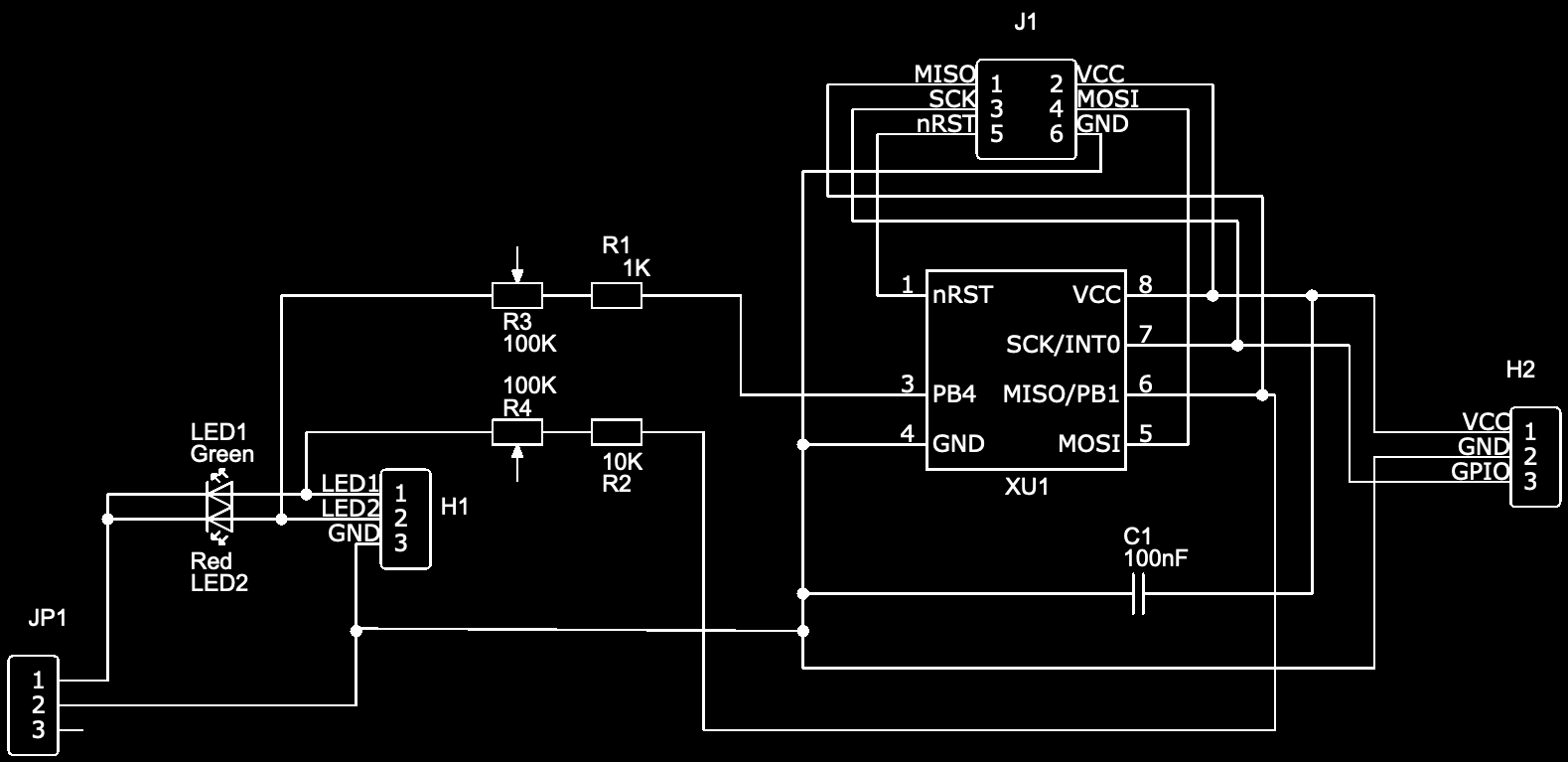
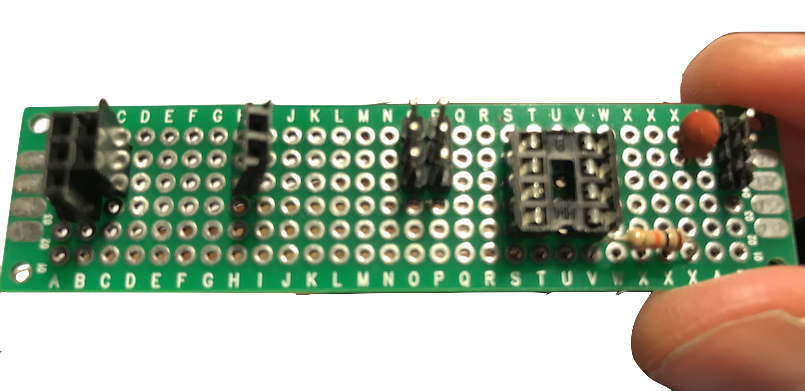
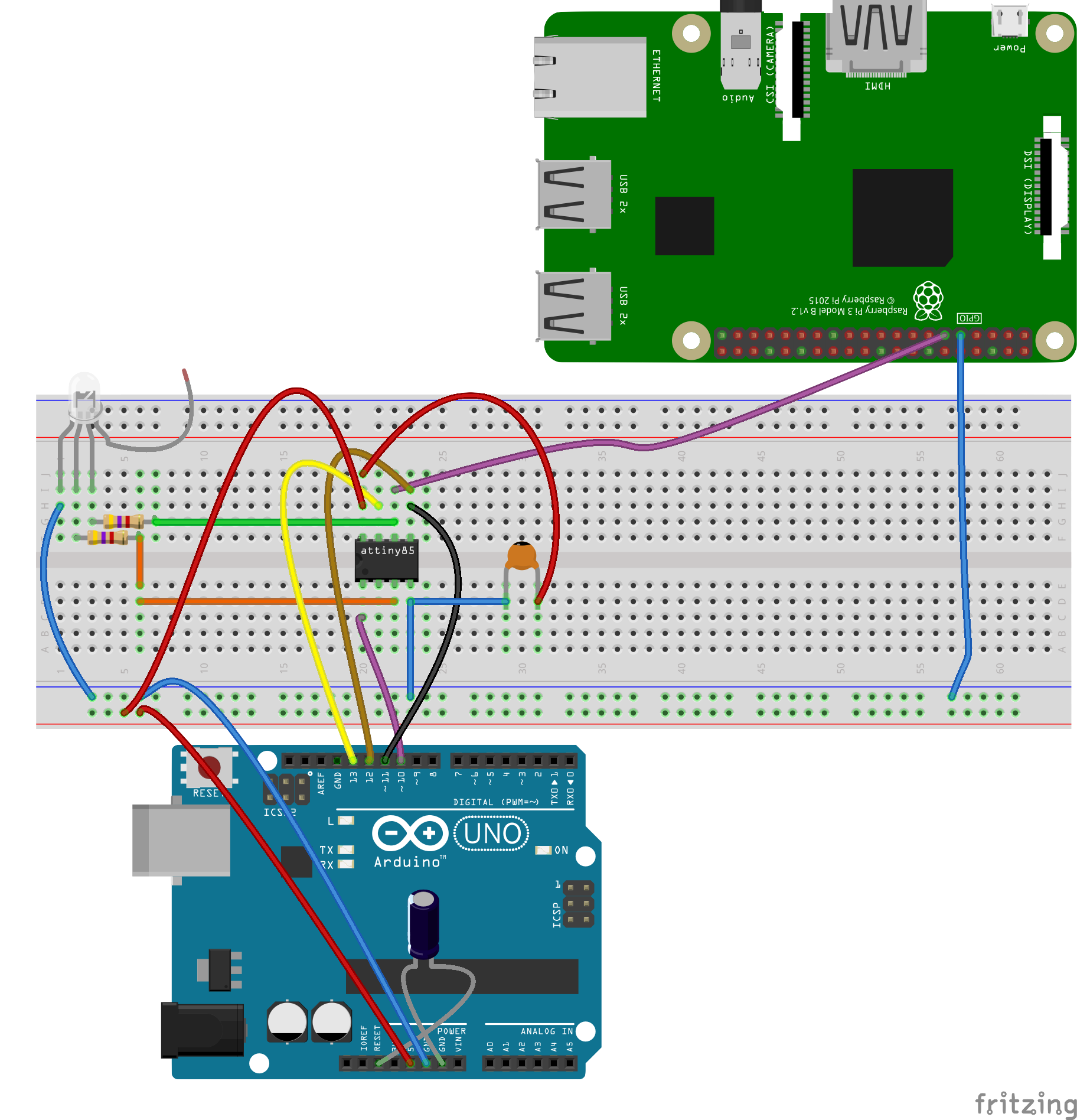
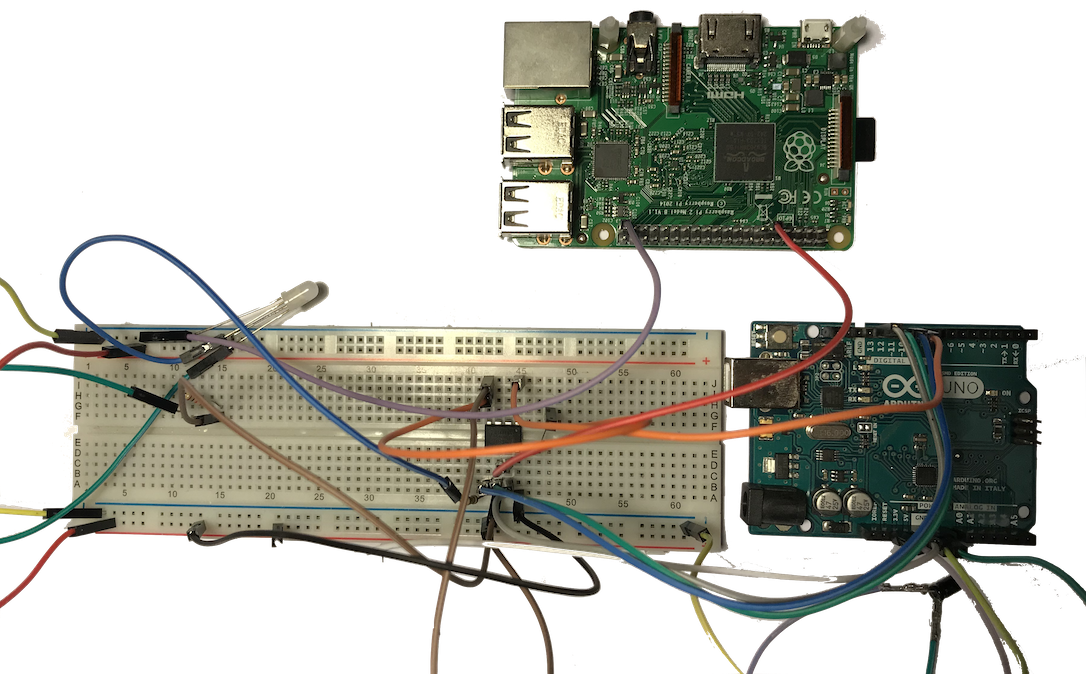

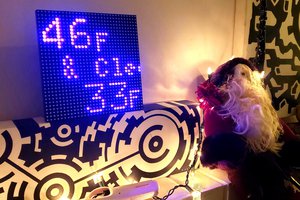
 Clay Graham
Clay Graham
 Mr. Sarful hassan
Mr. Sarful hassan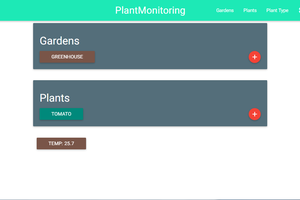
 klhutchins
klhutchins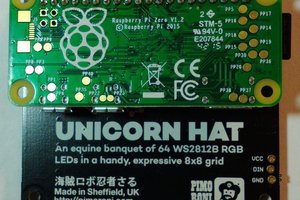
 bbx10node
bbx10node
Hi there, very interesting project !
It would be also great to use a surround/multichannel amplifier to realize a multiamp like this:
https://www.instructables.com/Raspberry-Pi-Music-Server-With-Built-in-Crossover-/
Last but not least, check out our collection of open projects:
http://www.forart.it/progetti/ODFAS/index.php?file=kop6.php
Hope that inspires !